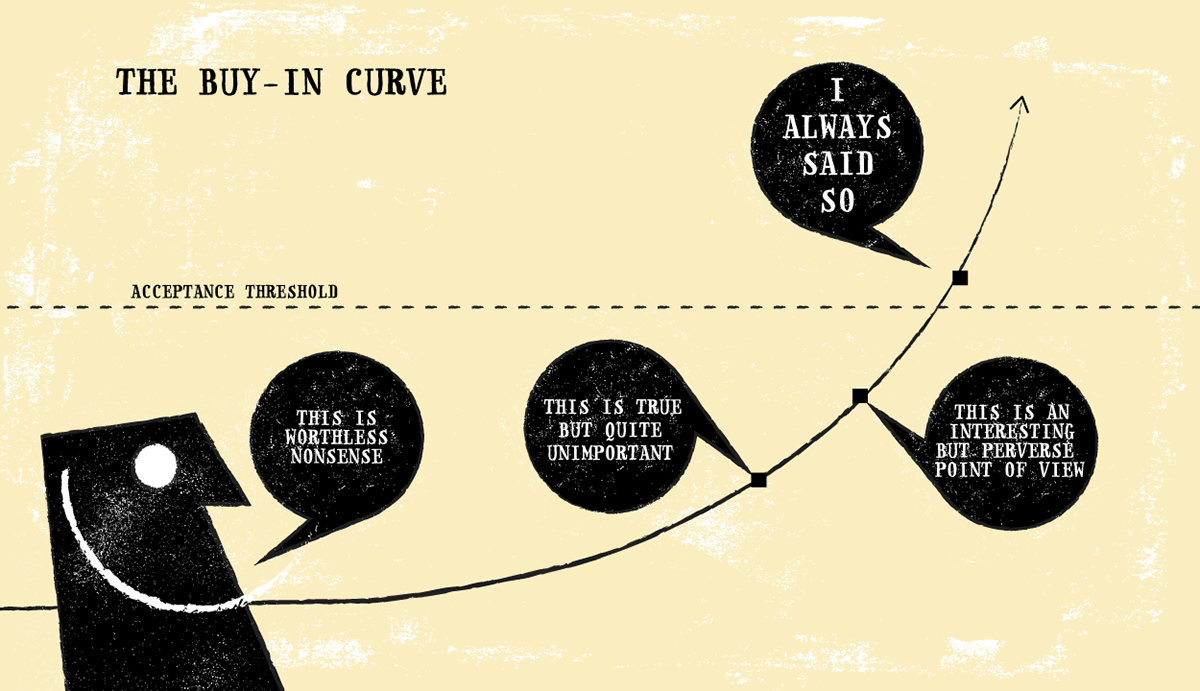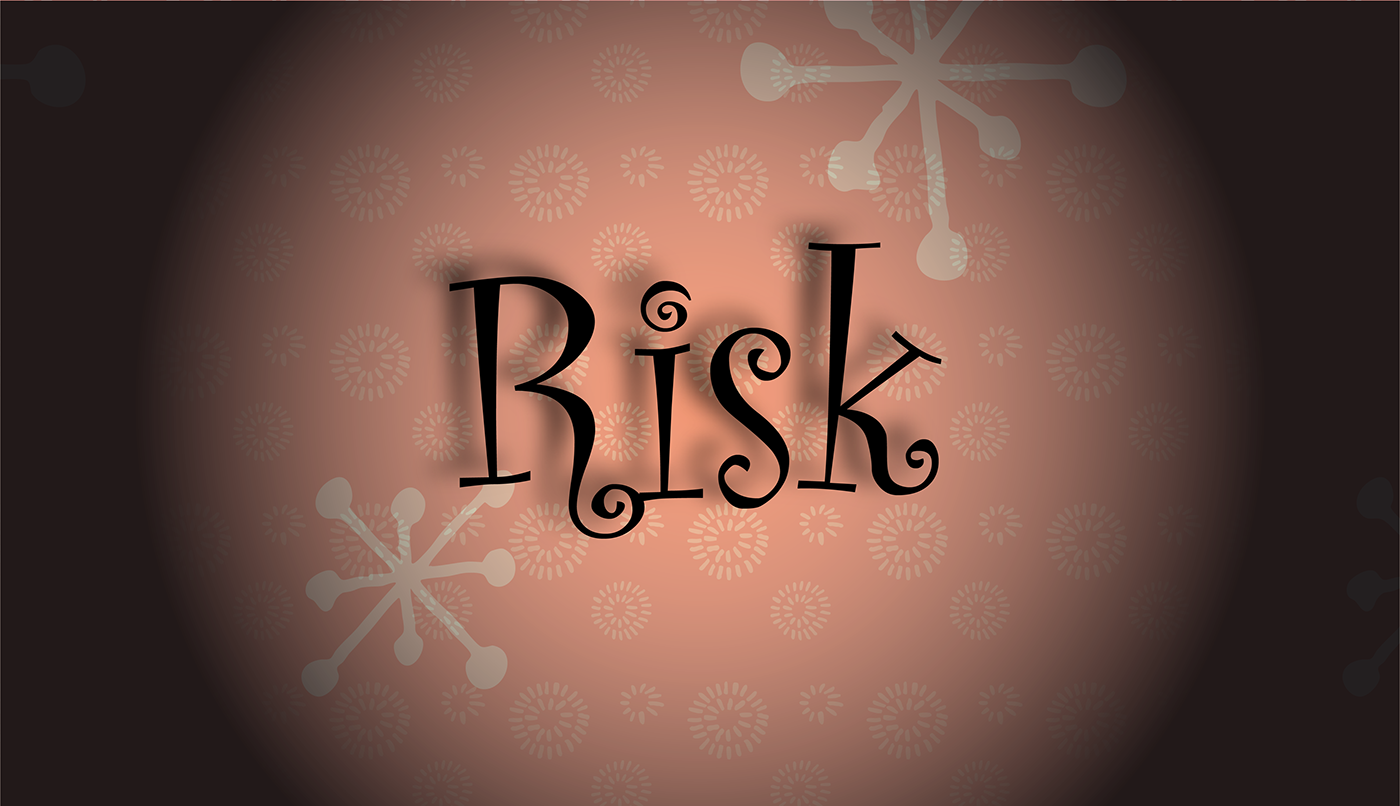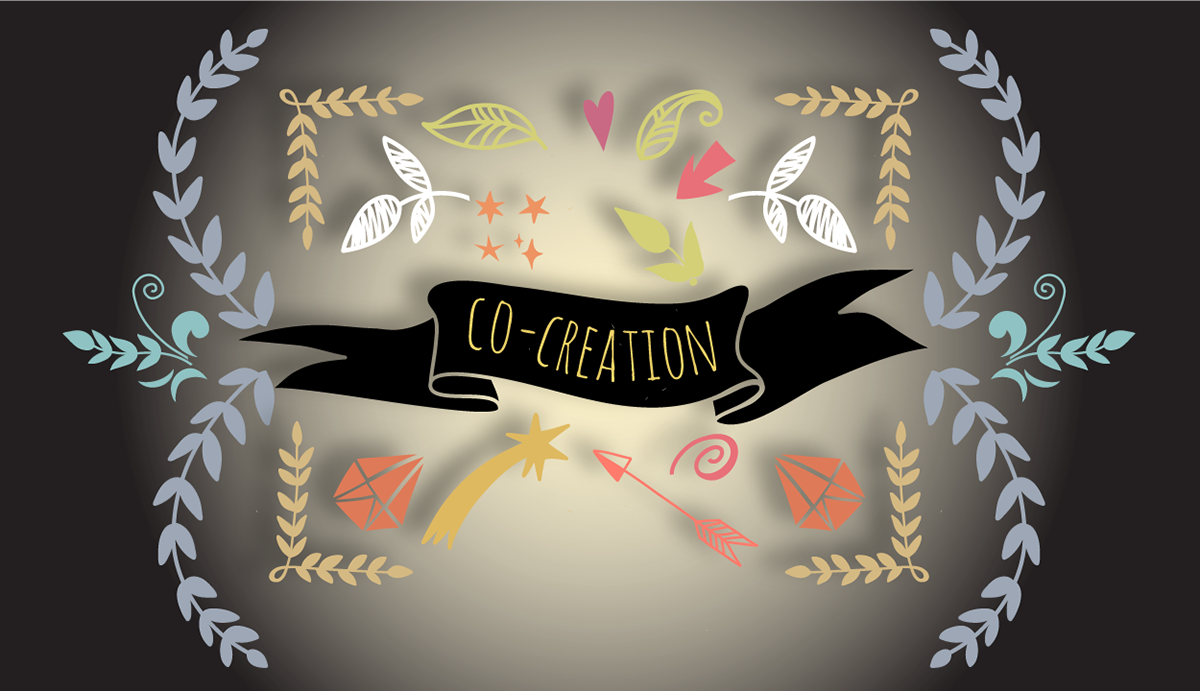

Stages of acceptance happens when someone presents a game-changing idea. When an idea is all but proven then success is assured and bragging rights are quick to be heard.

Visualizing EMPATHY by understanding your audience within your design challenge.

DESIGN SOLUTION 1: THE DESIGN WELL – the range of levels an audience can encounter the design process.

Visualizing SPEED - Time is money this is the easiest way to understand the agile process.

DESIGN SOLUTION 2: BETTER BRAINSTORMING - The speed behind rapid brainstorming is through timed agenda.

Visualizing RISK by its very nature, designed projects are ripe for risk, often centered around an uncertain outcome.

DESIGN SOLUTION 3: MOODBOARDS - Weave together the SUBJECTIVE (encapsulating the taste and perspective of the client) and the OBJECTIVE (appealing to and engaging with their target audience.)

Visualizing EFFICIENCY - A design-centric culture transcends design as a role, imparting a set of principles to all people who help bring ideas to life.

DESIGN SOLUTION 4: the rationale process - The wheel of rationale design.

Visualizing CO-CREATION - A strong design process accounts for participation of non-designers throughout the project lifecycle.

DESIGN SOLUTION 5: T-SHAPED PEOPLE - People who start with deep interest and expertise in one skill-this is the vertical base of the "T" – then, as they blossom as designers they branch out into different areas of knowledge – this becomes the horizontal intersect of the "T".

Visualizing TRANSPARENCY - The design processes are often implied, and designers tend to work internally, developing concepts and ideas through idiosyncratic methods.

DESIGN SOLUTION 6: THE REAL PROCESS - It's chaotic and sometimes irrational. If the goal is innovation – change is the style that works.

CONCLUSION: Many relate to the two-step process for making decisions: knowing and doing. You "know" something from past experience, case study or a best practice – and then you "do" something. While this method results in to "what is" or " what was" the design solution to "what could be" is impossible without the process of design.
To generate new ideas the design process inserts a middle step: MAKING - Through the act of prototyping-using sketching, models, maps, mock ups, simulations- the MAKING step puts options on the table that weren't there before. It shifts the emphasis from 'deciding' the future to 'designing' the future.